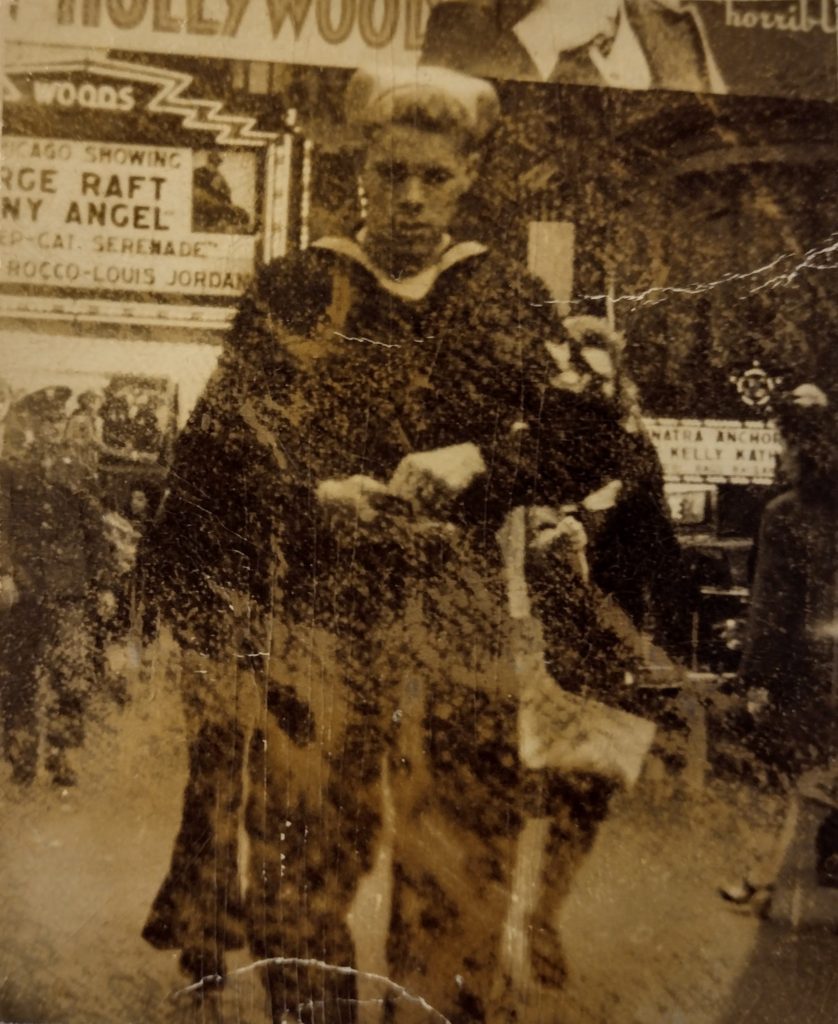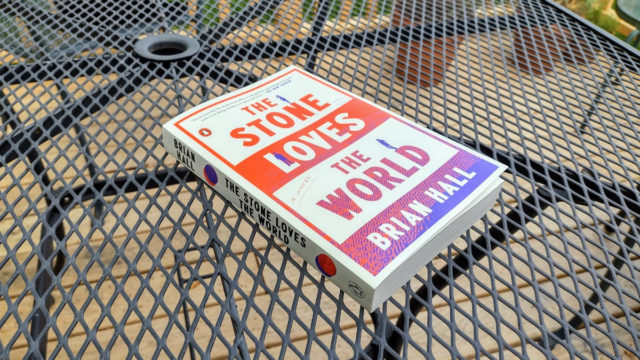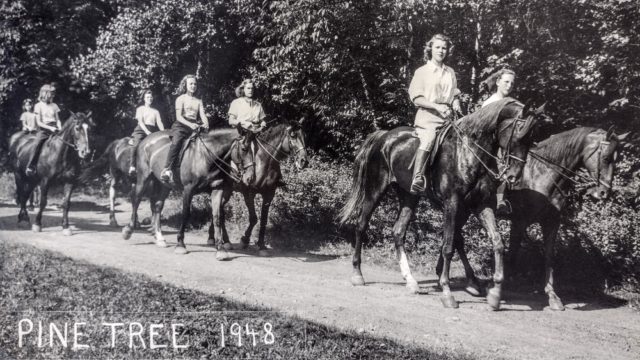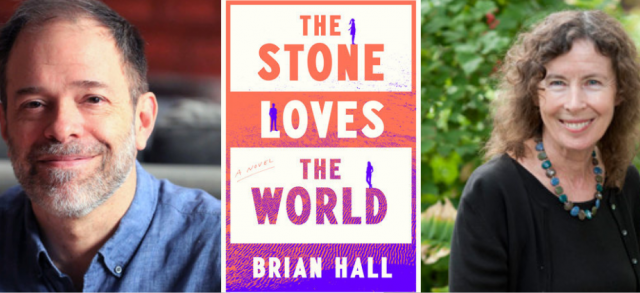When I was young, my father dutifully paid the family bills in a small enclosed porch opening off the bedroom he shared with my mother in our house in Lexington, Massachusetts. There was just enough room for a secretary, a chair, a narrow bookcase, and two filing cabinets. On the shelves behind the glass doors of the secretary he kept memorabilia: a 1961 Ford Thunderbird he’d made from a plastic model kit and painted cherry-red when my brother and I were toddlers (anticipating, he once told me, the father-son model making to come); a home run baseball he’d got his hands on from inside the scrum when it rolled under the bleacher seats in an Orioles game in the 1950s; a kaleidoscope; a prism; a beautiful old ivory Keuffel & Esser sliderule from his graduate school days; The Bluejacket’s Manual. On the outside of one of the doors, tucked between the glass and a fake mullion, was a photograph taken of him while he was in the U.S. Navy:
I regret the damage, which is all my fault. I’ve loved that photograph ever since I was a small child, and after my father died and I inherited his secretary, I made sure to slip the picture into its old place, by way of a memorial. But I neglected to consider that the room in which I keep the secretary, unlike my father’s old cubby-hole, gets a lot of direct sunlight.





